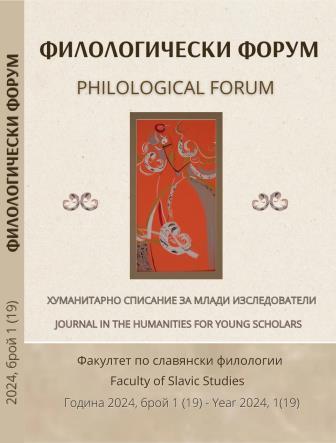Революцията на тялото в италианската литература през 20-те, 30-те и 40-те години на XX век
The Revolution of the Body in Italian Literature in the 1920s, 1930s, and 1940s
Author(s): Radeya GeshevaSubject(s): Language and Literature Studies, Studies of Literature, Italian literature
Published by: Софийски университет »Св. Климент Охридски«
Keywords: revolution; body; microbody; macrobody; Italian literature
Summary/Abstract: Italian literature in the 1920s, 1930s, 1940s raises significant questions related to the human body’s role and place – the microbody – against the background of society’s macrobody. The collision of the small man with the big world can be traced in the work of many authors in the decades just before, during and after World War II. The question of the body’s transformation from passive to active, from being contemplative to standing as an active and responsible subject for what was done, can also be considered. In the works of Italo Svevo, Luigi Pirandello, Corrado Alvaro, Carlo Levi, Primo Levi the relationships between the microbody and the macrobody can be discovered and examined through the analysis of non-literary factors - social, political, economic. The present interdisciplinary study aims at exploring the concept body and its transformations in Italian literature in the specified decades of the twentieth century.
Journal: Филологически форум
- Issue Year: 10/2024
- Issue No: 01
- Page Range: 098-106
- Page Count: 9
- Language: Bulgarian

